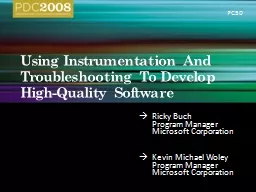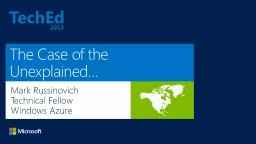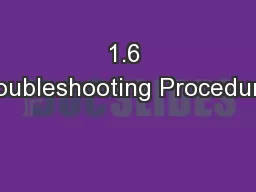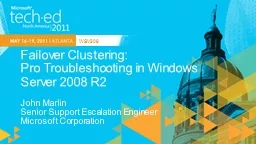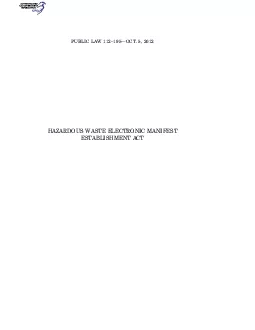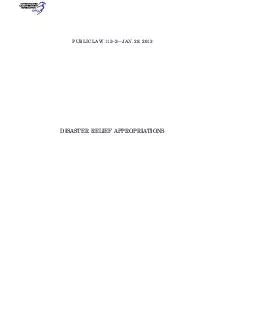PPT-The Case of the Unexplained, 2010: Troubleshooting with Mar
Author : lindy-dunigan | Published Date : 2017-06-30
Russinovich Mark Russinovich Technical Fellow Microsoft Corporation SESSION CODE WCL315 About Me Technical Fellow Microsoft Cofounder and chief software architect
Presentation Embed Code
Download Presentation
Download Presentation The PPT/PDF document "The Case of the Unexplained, 2010: Troub..." is the property of its rightful owner. Permission is granted to download and print the materials on this website for personal, non-commercial use only, and to display it on your personal computer provided you do not modify the materials and that you retain all copyright notices contained in the materials. By downloading content from our website, you accept the terms of this agreement.
The Case of the Unexplained, 2010: Troubleshooting with Mar: Transcript
Download Rules Of Document
"The Case of the Unexplained, 2010: Troubleshooting with Mar"The content belongs to its owner. You may download and print it for personal use, without modification, and keep all copyright notices. By downloading, you agree to these terms.
Related Documents


